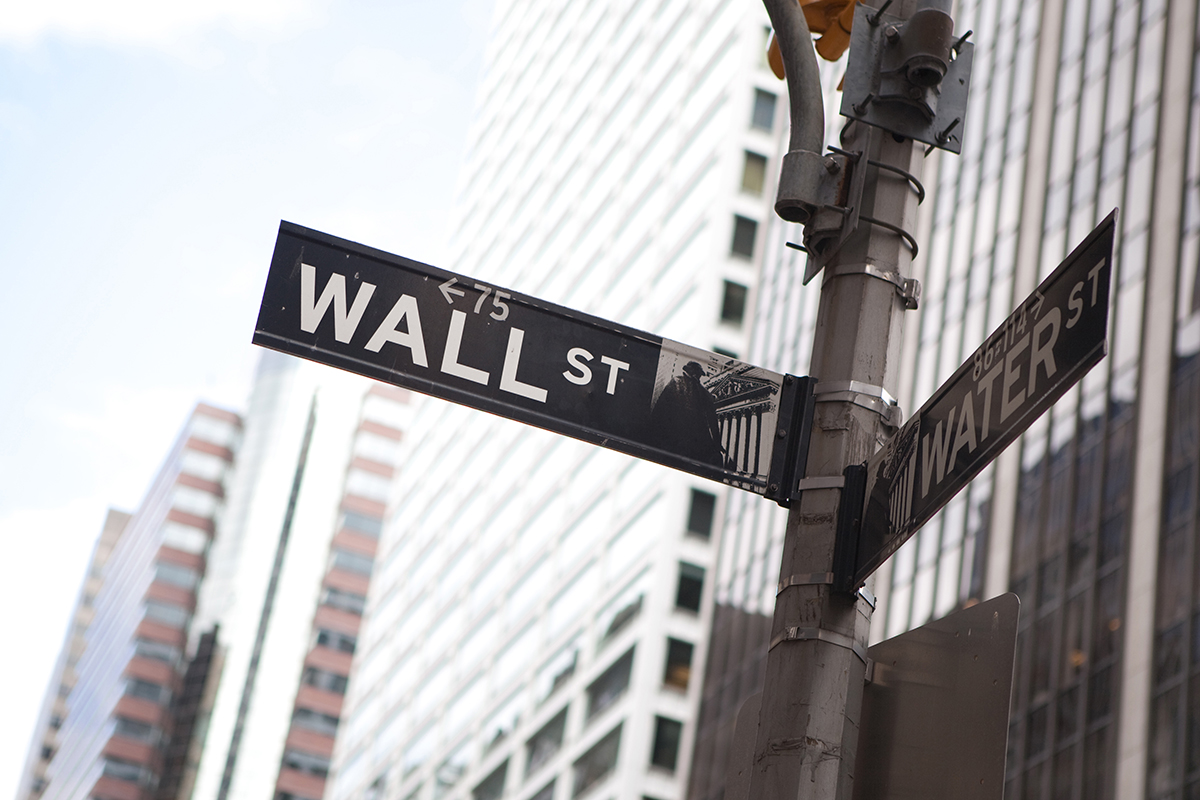U.S. stocks rebounded, unwinding some of the previous week’s downturn prompted by concerns over Middle East tensions. The leading indicators demonstrated resilience, with the S&P 500 surging 1% and the Nasdaq Composite jumping 1.2% during the morning session. This surge on Wall Street coincides with the decrease in gold and oil prices, hinting at investors’ renewed confidence and a shift away from safer assets.
The financial landscape saw a considerable shift, with the Dow Jones Industrial Average elevating by 294 points, a 0.9% increase by 10:30 a.m. Eastern Time. Market watchers might recall such a spike being reminiscent of the sharp rally that followed the unexpected Hamas attack on Israel on October 7.
However, it wasn’t just stocks experiencing a shift. The bond market also witnessed movements. Treasury yields, which took a hit amidst concerns of intensifying conflict in Gaza, began their ascent again. This dynamic was mirrored in the commodities sector; oil prices, which had become unpredictable due to war-related supply disruption apprehensions, trended downwards. Gold, the safe-haven asset, also saw a dip as investors’ appetite for riskier assets returned.
Upcoming corporate profit reports have also caught the attention of Wall Street. Significant entities, including Bank of America, Tesla, and Johnson & Johnson, are queued up to disclose their summer earnings. This has generated optimism, with many expecting the S&P 500 to post its first overall growth in profit in a year, albeit by a narrow margin.
Lori Calvasina of RBC Capital Markets highlighted the positive performance of companies in the Russell 1000 index, which has exceeded profit expectations. However, she added a cautionary note about corporate leaders voicing concerns over inflation and interest rate uncertainties affecting expenditures.
In their recent report, Bank of America strategists Ohsung Kwon & Savita Subramanian anticipated this period as “the start of earnings recovery,” suggesting companies might surpass profit expectations by twice the regular margin.
This wave of confidence is riding on the back of the U.S. economy’s resilience, which has withstood the brunt of the Federal Reserve’s increased interest rates aimed at curbing inflation. Data from FactSet projects a modest 0.4% rise in earnings per share for S&P 500 companies compared to last year.
In corporate news, apparel brand Lululemon saw its shares soar by 9.2% following the announcement of its inclusion in the S&P 500 index, replacing Activision Blizzard, acquired by Microsoft. On the other hand, Pfizer reported its intention to introduce a cost-saving program, targeting savings of at least $1 billion in 2023.
The commodities sector remained in flux, with benchmark U.S. crude and Brent crude dropping 1.1% and 0.7%, respectively. The price of gold also declined, contrasting its stellar performance the previous week in light of Middle East unrest.
Global stock markets showcased a mixed reaction. While Asian indices faced downward pressure, European markets held steady with slight increases.
Wall Street seems to be recovering from last week’s jitters, exuding a cautious yet discernible optimism. As geopolitical tensions subside and the spotlight shifts back to corporate profitability, the global financial community waits with bated breath for the unfolding of the next chapter in the ever-evolving financial saga.







